

Josh Nevett
CarExpert's top five large SUV reviews of 2025
38 Minutes Ago
South America's small pickups look frumpy and lack tech, but is there not a market for reconfigured versions in Australia? And is any brand willing to roll the dice and make a case?

Senior Contributor
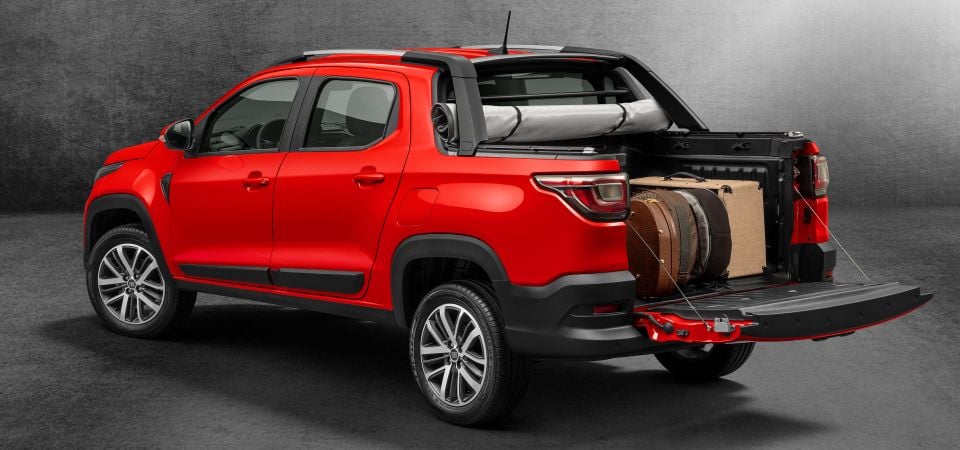

Senior Contributor
Utes are status symbols as much as they are tools of trade. Australia has a long and proud tradition of glorifying load-luggers, from Lew Bandt’s 1934 Ford Coupe Utility that started it all, to the defunct and dearly departed Holden VFII and Ford Falcon.
This continues today, but today’s in-vogue offerings are largely Thai-sourced pickup trucks. The Toyota HiLux and Ford Ranger are generally the two biggest selling models in the market, and they have stiff competition from Mitsubishi, Nissan, Isuzu Ute, and Volkswagen.
Moreover, there continues to be strong demand for cut-price, and uber-expensive, fare at the bookends. How else might one explain the success of China’s LDV T60 at one end, and the six-figure Ram 1500 at the other? Give us pickups or give us death, our small but fiercely competitive market seems to shout.
Despite this diversity, fed by ravenous demand whereby about 20 per cent of all vehicles sold are load-haulers in Australia, a glaring hole appears to exist.
Is there no demand for smaller, quieter, more car-like offerings, without the macho image or 3.5 tonne towing capacity? Can a subset of buyers detune their testosterone and swallow their pride to buy in line with their needs?

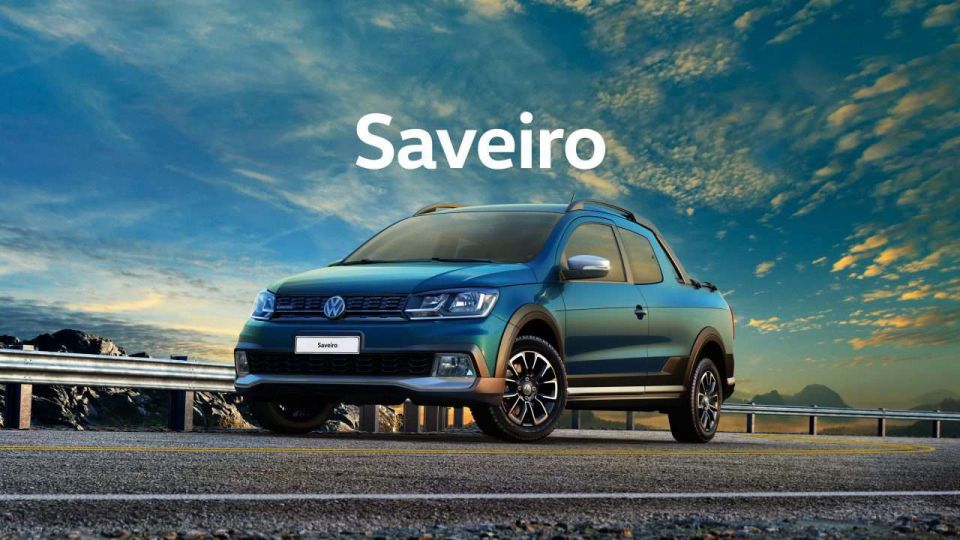
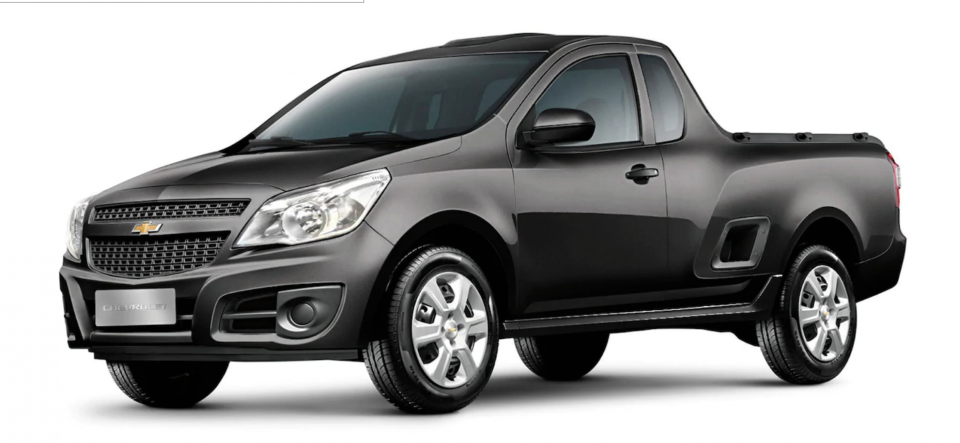
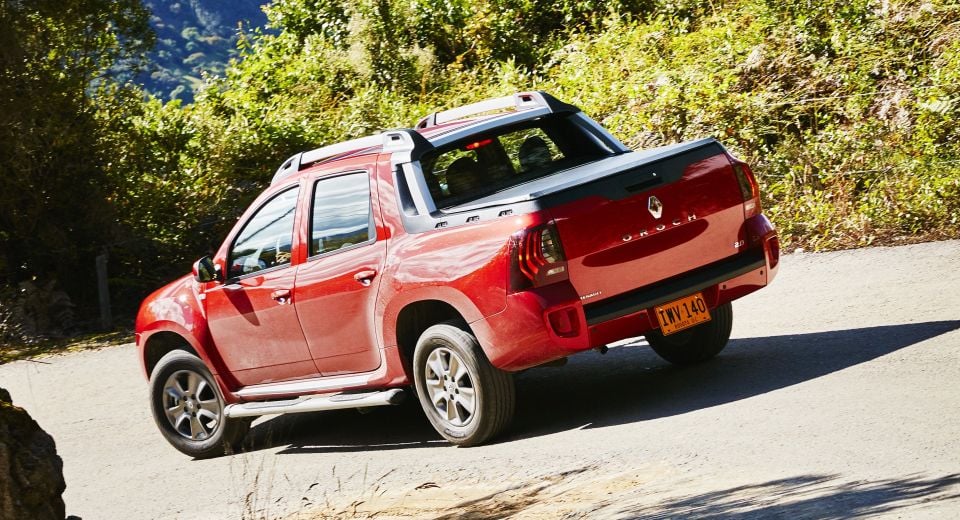
I look to South America and, more specifically, the nation of Brazil. Argentina offers a similar story. Demand for smaller pickups there is huge. The big manufacturers wouldn’t be caught dead without a car-based ute offering around 650kg of payload, and city-friendly dimensions of around 4.5m nose-to-tail.
There’s the Renault Duster Oroch, based on the Dacia Duster SUV. It offers multi-link rear suspension, a 650kg payload in its 1.35m x 1.17m tub, a 105kW petrol engine, and a small five-seat cabin.
How about the new Fiat Strada, which comes in two- and four-door guise, has a 720kg payload, and a rather chic little car-like interior. Even looks acceptable, huh?
Chevrolet sells the two-door Montana with its 696kg payload, and Volkswagen the 600kg-payload Saveiro. Both look strange and appear to lack the torque to tear the top off a creme brulee, but conceptually they make a lot of sense.
Let’s not forget the slick Volkswagen Tarok concept shown in Sao Paolo in late 2018, which is essentially a Polo-based pickup. Or the long-awaited Hyundai Santa Cruz, seen in concept form but expected to make production for both North and South America given it’s been spied in development.


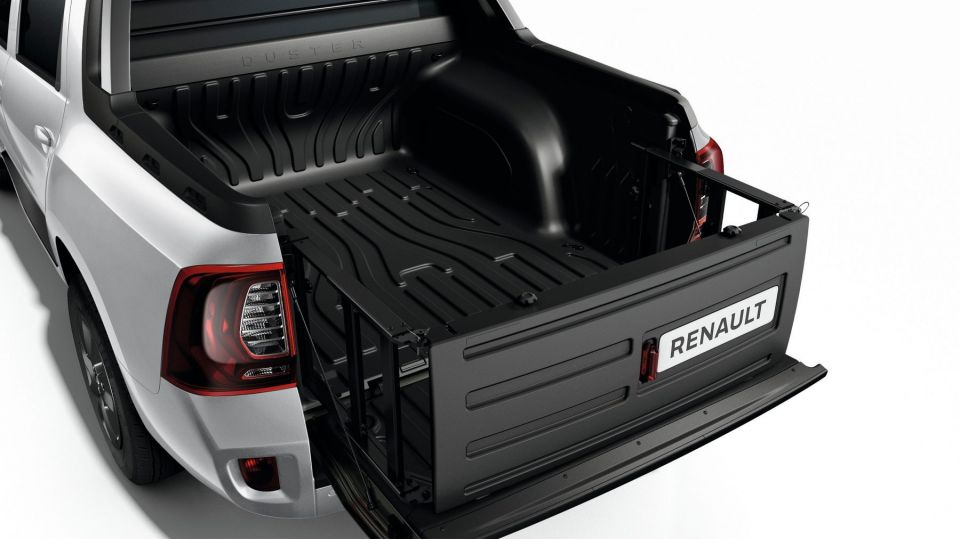
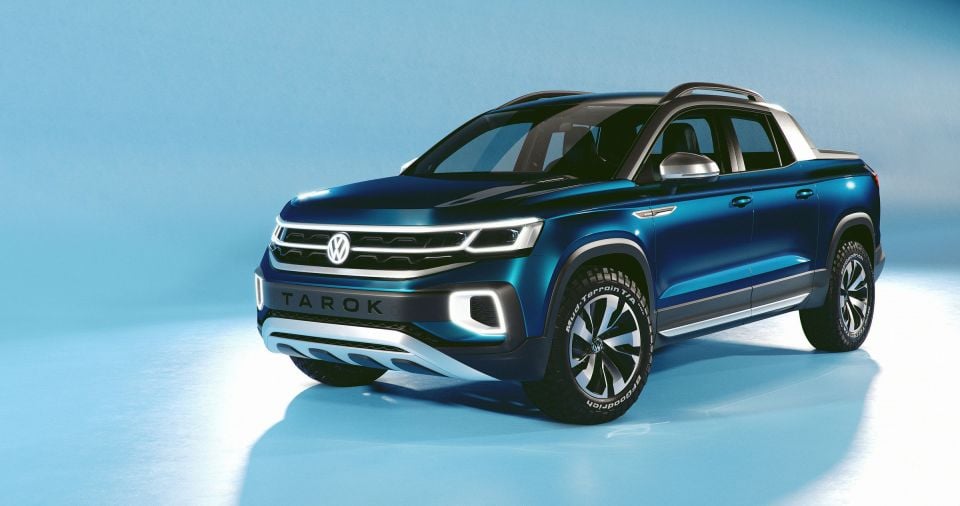
Don’t get me wrong, there’s a lot of work to be done. Most of these small pickups are made for markets where cost is king, and few (if any) of them offer sufficient safety to meet more stringent Australian market requirements. However, it’s not unheard of for revised South American-made vehicles to make it here.
Moreover, it’s not unheard of for Australians to vote with their wallets and opt for vehicles like this. Perhaps the most famous is Subaru’s iconic little Brumby. I know for a fact that buyers still ask Subaru’s local management for a successor to this day.
The Proton Jumbuck and Suzuki Mighty Boy? Maybe we can forget those…
I’m not suggesting that small, monocoque, petrol-powered, car-like pickups would take over the market and topple the HiLux, but it seems strange that no brand’s Australian arm has found a business case to its liking. Not everybody needs a proper body-on-frame, leaf-sprung and diesel-fired pickup. Right?


Josh Nevett
38 Minutes Ago


Ben Zachariah
17 Hours Ago


CarExpert.com.au
1 Day Ago


Damion Smy
2 Days Ago


Damion Smy
2 Days Ago


Damion Smy
2 Days Ago